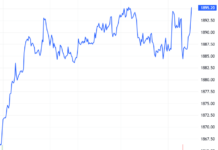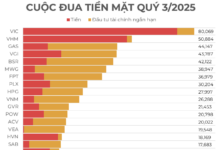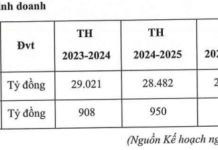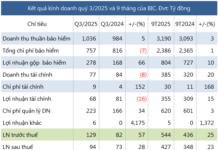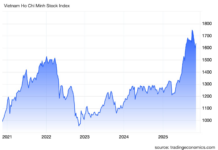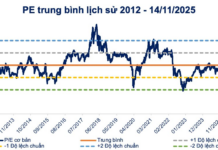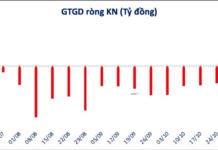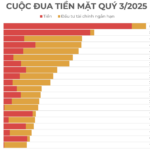The Ministry of Justice is reviewing a draft resolution submitted by the National Assembly, outlining mechanisms and policies to address challenges in the implementation of the Land Law. Spearheaded by the Ministry of Agriculture and Environment (MAE), the draft includes a novel proposal regarding land price tables.
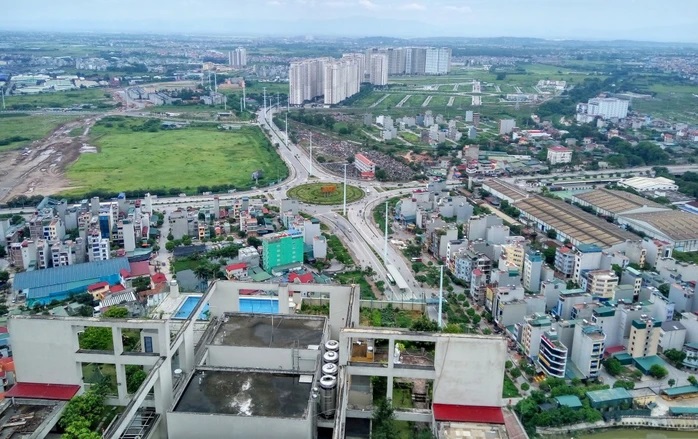
MAE proposes maintaining the 5-year land price table cycle.
|
According to the MAE, the 2024 Land Law and its accompanying detailed regulations introduce groundbreaking provisions crucial for institutional and policy enhancement, thereby improving land management and utilization efficiency.
After a year of implementation, while significant progress has been made, certain challenges have emerged, necessitating further research and refinement.
Pending amendments to the 2024 Land Law, and in accordance with the 2025 Law on the Promulgation of Legal Documents, the MAE deems it essential to issue a National Assembly resolution. This resolution would establish mechanisms and policies to promptly resolve implementation hurdles, aligning with the nation’s current socio-economic development needs.
Notably, the MAE has proposed addressing issues related to land price tables. Under the 2024 Land Law, land prices are set to be adjusted annually starting January 1, 2026, instead of the previous 5-year cycle.
However, the draft resolution suggests retaining the 5-year land price table cycle, effective from January 1, 2026. Thus, despite not yet being enforced, the land price table provisions are already under revision.
Land price tables are used to calculate land use fees, land rent, and taxes when the state allocates land, leases land, permits land use conversions, recognizes land use rights, or compensates for land reclamation. They also govern the rights and obligations of land users toward the state.
Revisions aim to standardize the application of land price tables for calculating land use fees, land rent, taxes, and compensation during state land reclamation, while clarifying the rights and obligations of land users.
Land price tables are categorized by land type, area, and location. In regions with digital cadastral maps and land price databases, tables are detailed down to individual plots. Provincial People’s Councils update these tables every 5 years, with revisions made as needed.
The draft resolution also introduces land price adjustment coefficients, representing the percentage increase or decrease in land values for specific types, areas, and locations as outlined in the price tables.
Provincial People’s Committees (PPCs) annually issue these coefficients by January 1. If necessary, PPCs may revise or supplement coefficients during the year or for specific areas.
During an August 2025 seminar on Land Law amendments, Mr. Nguyễn Quốc Hiệp, Chairman of the Vietnam Association of Construction Contractors (VACC), highlighted the impracticality of annual land price table updates, as localities would be preoccupied with price adjustments.
Mr. Hiệp supports the 5-year cycle with adjustment coefficients but stresses the need for scientifically calculated, contextually appropriate coefficients.
|
The MAE plans to submit the draft resolution to the National Assembly for approval at its 10th session, scheduled for October 2025, with an effective date of January 1, 2026. |
Minh Chiến
– 11:01 30/09/2025
Revolutionary Land Price Table Construction Changes Effective January 1, 2026
Under the new regulations, the process and procedures for establishing land price lists at the provincial level, to be announced and applied from January 1, 2026, will follow a 16-step sequence. The authority to determine land prices has shifted from the Provincial People’s Committee (UBND) to the Provincial People’s Council (HĐND).
Letting the Market Reign: How Land Prices Drive Housing Costs and Vice Versa
According to the Chairman of the Vietnam Association of Construction Contractors, the 2024 Land Law stipulates that land prices are determined by market mechanisms. However, if the market is left to decide entirely, the state will struggle to control prices, leading to an endless cycle where “land prices chase housing prices, and housing prices rise with land prices.”
Unlocking Land Bottlenecks: Streamlining Solutions for Efficient Land Management
Land Law is a pivotal legislation with far-reaching implications, directly impacting the rights and interests of the State, citizens, and businesses alike.





